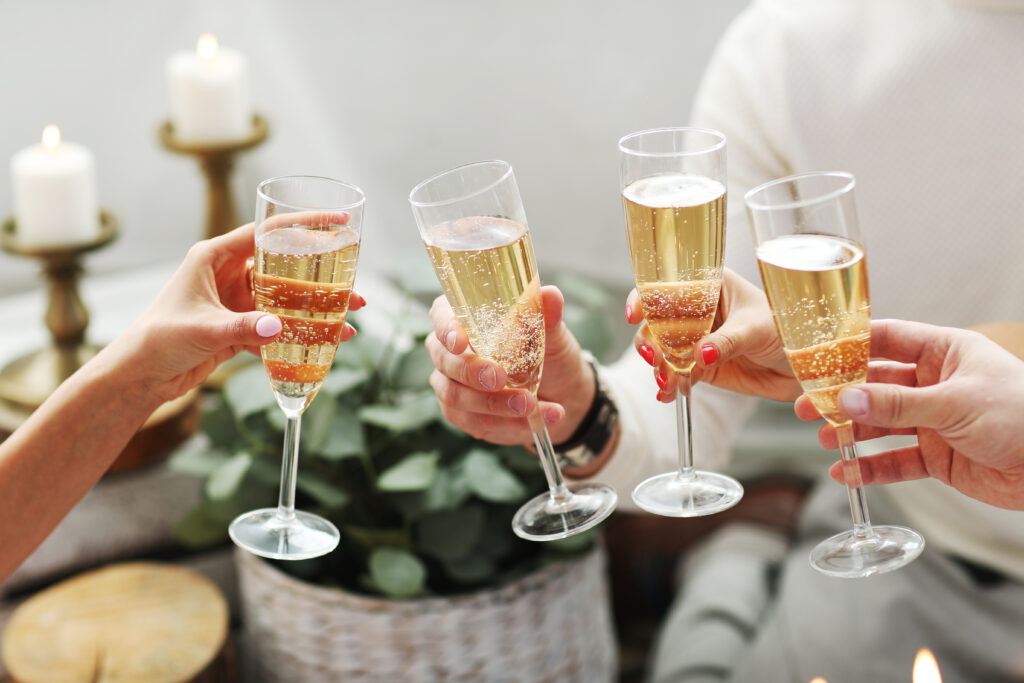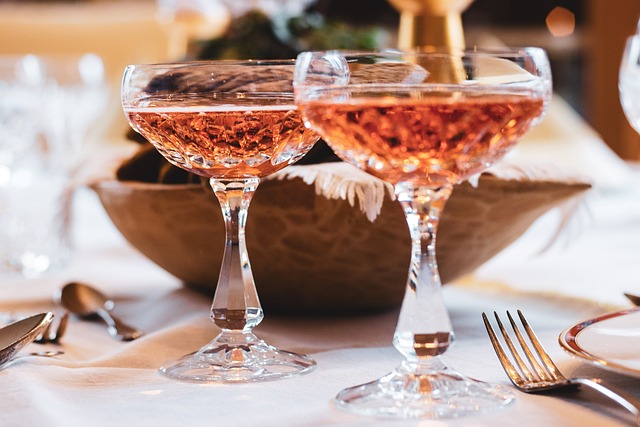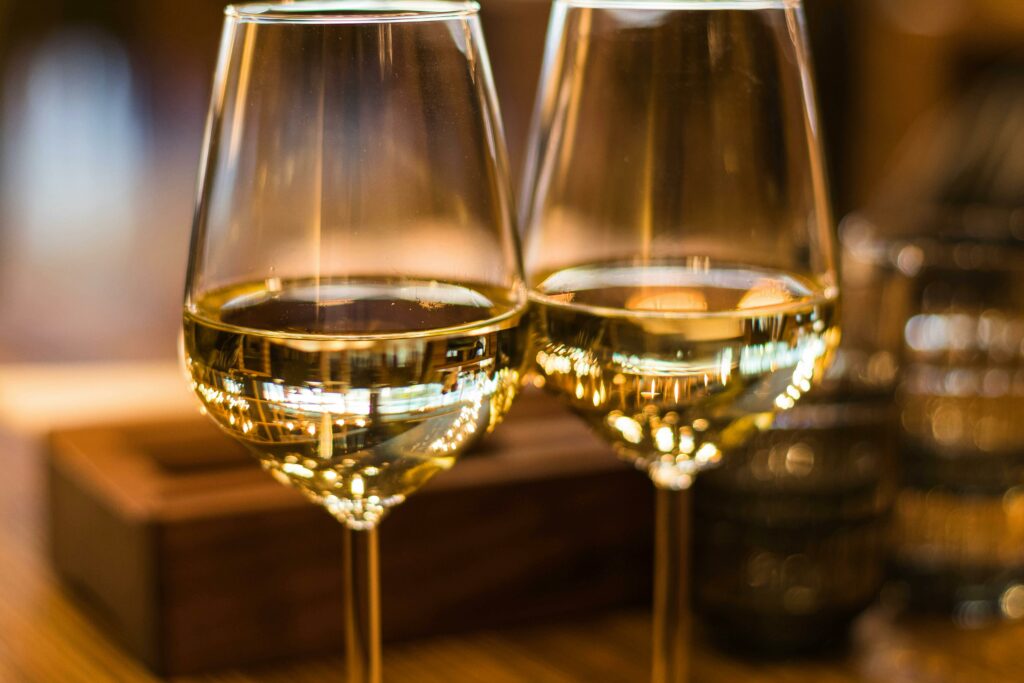Birthdays, grand openings, New Year’s celebrations – any occasion calls for the popping of a champagne bottle.
Whether as an aperitif or a dessert accompaniment, there’s always a moment for sipping from that elegant flute. It’s nearly impossible to resist the allure of those dancing bubbles, though enjoyment should always be tempered with responsibility.
For centuries, the Champenois people, hailing from the Champagne-Ardenne region in the northwest of France, have passionately advocated for their precious wine to be esteemed both nationally and internationally.
This struggle traces back to the 19th century when, in 1887, champagne received official recognition via a decree from the Court of Angers, stipulating that only wines produced in the Champagne region could bear the title of champagne. Since 1941, the interprofessional Champagne wine committee has tirelessly fought to safeguard the name’s integrity across the globe.
Champagne is undoubtedly a noble wine, if not the noblest, boasting a rich history. It should not be sampled in a simple glass and just as its history is steeped in grandeur, so too is that of the designated glass.
The champagne coupe : Breast-Shaped Glassware
“Madame de Pompadour once proclaimed, ‘Champagne is the only wine that makes a woman more beautiful after she has drunk it.'”
There’s a fascinating legend surrounding the design of the champagne glass, suggesting it was inspired by the shape of a woman’s breast.
However, it’s not just any breast; some believe it was modelled after the attributes of Madame de Pompadour, the mistress of Louis XV, while others claim it resembled the breast of Marie Antoinette, wife of Louis XVI.
However, neither figure is actually responsible for the iconic design of the champagne glass, debunking this enduring myth.
In reality, this very particular form comes from England.
The British, the first importers of champagne in history, have always had a crush on French bubbles. The very classic shape of the champagne glass would therefore be inspired by the chalice, a sacred vessel and goblet preferred in the Middle Ages.
However, the reign of the coupe de champagne could not last, the observation is simple in relation to this container: it is old-fashioned and does not enhance the aromas of the wine. It is therefore increasingly neglected due to fashion, but also because it is not recommended for tasting.
Its format, with a wide opening, has a major disadvantage: bubbles and aromas dissipate rapidly . Therefore, you must drink your champagne quickly if you want to keep all the aromas, which takes away a lot from the experience of enjoying the drink.
It is also criticized for its lack of practicality. At a party, for example, the coupe easily tips over with even the slightest touch
La flute : the oldest glass of Champagne glassware

Although the expression “serving a coupe de champagne” is still used in France, it no longer designates an actual glass. It is not uncommon to order a “ une coupe de champagne, s’il vous plaît !” and receive your precious drink in a flute glass.
Once again, it was the English who were at the origin, since the flute first appeared in England in 1750. It was only in the era of Napoleon I that it appeared in France and became democratized. The flute, longer and narrower, highlights the foam and bubbles of the champagne.
Unlike the coupe, this glass boasts a narrower and more elongated shape, enabling the drink to maintain its effervescence for longer and unveil its subtle aromas.
From the 1930s onwards, the flute became a favorite among amateurs who considered it better suited to modern vintages.
Reims: the champagne capital banned the Flute glass
“Champagne in a straight glass is not champagne!” The manager of the “Bistro des Anges” in Reims is categorical. In his restaurant, he will never serve champagne in a flute glass. Except the “tulip flutes”, which look like little wine glasses. “You have to respect the champagne! First of all, it is a wine, so you really need wine glasses to enjoy it”, says Jérôme, who specifies that a spherical container allows you to fully enjoy the aromas of the bubbly drink. He is not the only one.
In Champagne, the trend today is for curved glasses among professionals in the sector, but also among locals.
The tulip cup
The period between the wars saw the birth of the real champagne glass, the one you should opt for to have a complete experience in tasting the drink.
Rounded at the base and narrow at the top, like a tulip.
This special format allows for better aeration of the champagne. Today, large houses like Veuve Clicquot sell this type of glass to better showcase their vintages.
The champagne coupe, although rich in history, is not the best to fully enjoy a good champagne. And while the flute is elegant, that doesn’t make up for the fact that it doesn’t allow enough space for the gas to spread properly.
For an excellent champagne experience, you should therefore opt for tulip-shaped glasses. Remembering that it must be placed in the freezer for 20 minutes before serving and hold the glass by the stem so as not to heat up your delicious drink!
We encounter enthusiasts who prefer various types of glasses for reasons ranging from aesthetics and sentimentality to personal taste.
Nevertheless, as you might have inferred, we favor the tulip wine glass for an optimal tasting experience
In the end, your choice of wine glasses comes down to personal preference, whether it’s for aesthetic appeal or sentimental attachment.
If you enjoy watching bubbles rise and the concentrated aroma, a flute might be the perfect fit. Conversely, if you prefer enhanced interaction with the air to release aromas, you might lean towards a coupe or a white wine glass.
Experienced tasters may even select different glasses based on the specific type of champagne being enjoyed.
The key is to select the glass that enhances your individual tasting pleasure. Santé !
Check our 3 Days Champagne Private Tour


